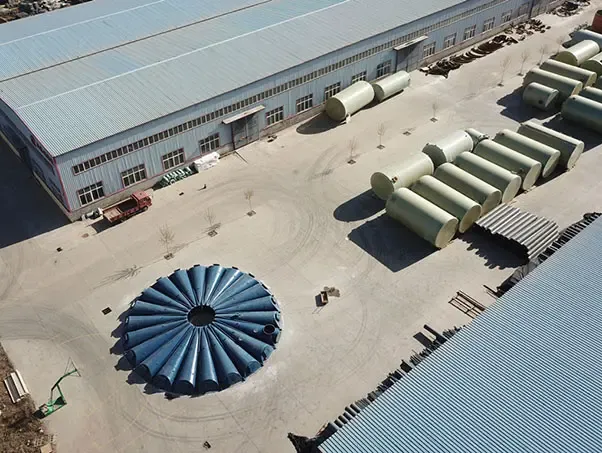
-
 Afrikaans
Afrikaans -
 Albanian
Albanian -
 Amharic
Amharic -
 Arabic
Arabic -
 Armenian
Armenian -
 Azerbaijani
Azerbaijani -
 Basque
Basque -
 Belarusian
Belarusian -
 Bengali
Bengali -
 Bosnian
Bosnian -
 Bulgarian
Bulgarian -
 Catalan
Catalan -
 Cebuano
Cebuano -
 China
China -
 China (Taiwan)
China (Taiwan) -
 Corsican
Corsican -
 Croatian
Croatian -
 Czech
Czech -
 Danish
Danish -
 Dutch
Dutch -
 English
English -
 Esperanto
Esperanto -
 Estonian
Estonian -
 Finnish
Finnish -
 French
French -
 Frisian
Frisian -
 Galician
Galician -
 Georgian
Georgian -
 German
German -
 Greek
Greek -
 Gujarati
Gujarati -
 Haitian Creole
Haitian Creole -
 hausa
hausa -
 hawaiian
hawaiian -
 Hebrew
Hebrew -
 Hindi
Hindi -
 Miao
Miao -
 Hungarian
Hungarian -
 Icelandic
Icelandic -
 igbo
igbo -
 Indonesian
Indonesian -
 irish
irish -
 Italian
Italian -
 Japanese
Japanese -
 Javanese
Javanese -
 Kannada
Kannada -
 kazakh
kazakh -
 Khmer
Khmer -
 Rwandese
Rwandese -
 Korean
Korean -
 Kurdish
Kurdish -
 Kyrgyz
Kyrgyz -
 Lao
Lao -
 Latin
Latin -
 Latvian
Latvian -
 Lithuanian
Lithuanian -
 Luxembourgish
Luxembourgish -
 Macedonian
Macedonian -
 Malgashi
Malgashi -
 Malay
Malay -
 Malayalam
Malayalam -
 Maltese
Maltese -
 Maori
Maori -
 Marathi
Marathi -
 Mongolian
Mongolian -
 Myanmar
Myanmar -
 Nepali
Nepali -
 Norwegian
Norwegian -
 Norwegian
Norwegian -
 Occitan
Occitan -
 Pashto
Pashto -
 Persian
Persian -
 Polish
Polish -
 Portuguese
Portuguese -
 Punjabi
Punjabi -
 Romanian
Romanian -
 Russian
Russian -
 Samoan
Samoan -
 Scottish Gaelic
Scottish Gaelic -
 Serbian
Serbian -
 Sesotho
Sesotho -
 Shona
Shona -
 Sindhi
Sindhi -
 Sinhala
Sinhala -
 Slovak
Slovak -
 Slovenian
Slovenian -
 Somali
Somali -
 Spanish
Spanish -
 Sundanese
Sundanese -
 Swahili
Swahili -
 Swedish
Swedish -
 Tagalog
Tagalog -
 Tajik
Tajik -
 Tamil
Tamil -
 Tatar
Tatar -
 Telugu
Telugu -
 Thai
Thai -
 Turkish
Turkish -
 Turkmen
Turkmen -
 Ukrainian
Ukrainian -
 Urdu
Urdu -
 Uighur
Uighur -
 Uzbek
Uzbek -
 Vietnamese
Vietnamese -
 Welsh
Welsh -
 Bantu
Bantu -
 Yiddish
Yiddish -
 Yoruba
Yoruba -
 Zulu
Zulu
frp boat
The Rise of FRP Boats Revolutionizing Watercraft Design
In recent years, the boating industry has witnessed a remarkable transformation, primarily driven by the advent of Fiber Reinforced Plastic (FRP) technology. FRP boats have become increasingly popular among leisure boaters, commercial enterprises, and even military applications, redefining the standards of watercraft design and functionality.
FRP, a composite material made of a polymer matrix reinforced with fibers (typically glass or carbon), offers a multitude of advantages over traditional materials such as wood, aluminum, or steel. One of the most significant benefits of FRP is its lightweight nature, which enhances speed and fuel efficiency. Boats constructed from FRP can achieve higher speeds with less horsepower, making them cost-effective for both recreational and commercial use.
.
Safety is a critical concern for any boating enthusiast, and FRP boats excel in this area as well. The buoyancy properties of FRP contribute to the overall stability of the vessel, which can significantly reduce the risk of capsizing. Additionally, FRP boats can be designed with a variety of safety features, such as unsinkable hull designs, further enhancing their appeal to families and safety-conscious sailors.
frp boat

From a design perspective, FRP offers unparalleled versatility and aesthetic appeal. Manufacturers can mold FRP into complex shapes and designs that are simply not feasible with traditional materials. This ability to create streamlined and visually striking boats has led to an explosion in innovative designs that cater to diverse preferences and functional requirements. Whether one seeks a sleek speedboat, a comfortable fishing vessel, or a sturdy yacht, FRP technology provides a canvas for creativity and functionality.
Moreover, the environmental impact of FRP boats is an important consideration. Many manufacturers are now focusing on sustainable practices, using eco-friendly resins and recycling processes to reduce the environmental footprint of FRP production. As consumers become more environmentally conscious, the demand for sustainable boating solutions continues to grow, aligning with the industry's shift towards greener practices.
While the advantages of FRP boats are clear, challenges remain. The initial costs can be higher than traditional boats, and repair processes require specialized skills and materials. However, as technology advances and more skilled technicians enter the market, these issues are likely to diminish over time.
In conclusion, FRP boats represent a significant advancement in marine technology, striking an ideal balance between performance, durability, and design flexibility. As the boating community embraces these innovations, it is clear that FRP will play a crucial role in shaping the future of watercraft, providing enthusiasts and professionals with safe, efficient, and visually stunning options for exploration on the water. As we look forward, the ongoing evolution of FRP technology promises to keep pushing the boundaries of what is possible in boat design and functionality, solidifying its place as a cornerstone of modern boating.
Latest news
-
Exploring the Benefits of Top Hammer Drifter Rods for Enhanced Drilling PerformanceNewsJun.10,2025
-
High-Precision Fiberglass Winding Machine for GRP/FRP Pipe Production – Reliable & Efficient SolutionsNewsJun.10,2025
-
FRP Pipes & Fittings for Shipbuilding - Corrosion-Resistant & LightweightNewsJun.09,2025
-
Premium FRP Flooring Solutions Durable & Slip-ResistantNewsJun.09,2025
-
Premium Fiberglass Rectangular Tanks Durable & Lightweight SolutionNewsJun.09,2025
-
Tapered Drill String Design Guide Durable Performance & UsesNewsJun.09,2025









